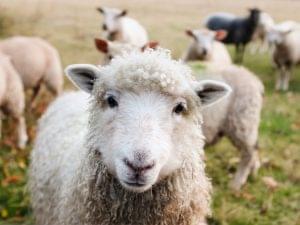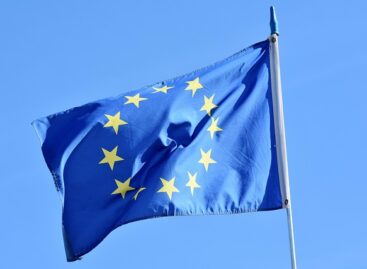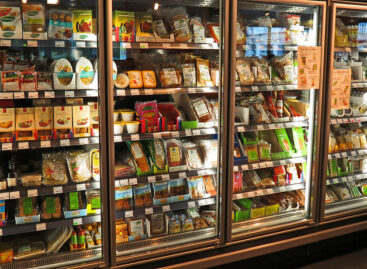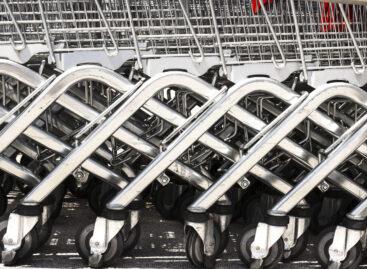Although more are being sold, the increase in production costs is restraining the expansion of the sheep sector
The demand for live lambs in Europe has increased and sales prices have risen, this does not compensate for the additional costs of farmers, which were further increased by the drought and the increase in energy prices this year, the managing director of the Sheep and Goat Product Council told MTI.

Mutton is considered a traditional food in several countries of the European Union. (Photo: Pixabay)
Sándor Kukovics explained that according to the latest market report of the Agricultural Economics Institute (AKI), Hungary’s live lamb export volume decreased by 15 percent to 4,000 tons, while its value increased by 6 percent to HUF 7 billion in January-May 2022 compared to the same period of the previous year.
There is not enough pasture, the domestic herd must be fed
According to the report, the producer price of lambs increased by 14-16 percent in the first six months of the year. The average price of light lamb (with a slaughter weight of less than 13 kilograms) was HUF 1,459 per kilogram, an increase of 14 percent, and that of heavy lamb increased by 16 percent to HUF 1,386. The manager noted: due to the drought, the pasture area has decreased, so the farmers have to use more purchased feed, which makes keeping sheep even more expensive. In any case, the land use of the sheep sector has fallen drastically in the last five years, by about one hundred thousand hectares to 450 thousand hectares, he added. He pointed out that the lack of labor is also hindering the development of the sector, and more and more people are abandoning sheep farming.
The EU, which is left without British sheep, exports from Hungary
According to him, the main reason for the improvement in export opportunities is that significantly fewer British sheep have arrived in the European Union since Brexit, and the overall European sheep population has also decreased. Due to China’s excess demand for sheep meat, less and less New Zealand and Australian goods reach Europe. “A kind of market vacuum has arisen on our continent, the volume of which can be estimated at 12 percent of the market,” said Sándor Kukovics. – 14 countries buy sheep meat and slaughter animals from Hungary. Last year, slaughter animals made up the majority of the export, in carcass weight, with 5,220 tons, this year the product council hopes for 5,300 tons, he said. The main buyer of Hungarian lamb is still Italy, but its share of exports, which previously exceeded 90 percent, has decreased to around 65 percent, while that of other EU member states and Middle Eastern countries is increasing, he added.
The performance of the sector is also restrained by the fact that the consumption of lamb meat in Hungary is relatively small. About 10-15 percent of the lambs bred in Hungary are sold only domestically.
MTI
Related news
EU Council approves changes to agricultural rules to boost competitiveness
🎧 Hallgasd a cikket: Lejátszás Szünet Folytatás Leállítás Nyelv: Auto…
Read more >European Commission to strengthen checks on agricultural products entering the EU
🎧 Hallgasd a cikket: Lejátszás Szünet Folytatás Leállítás Nyelv: Auto…
Read more >Foodwatch Calls Planned EU “Veggie Burger” Ban Illegal
🎧 Hallgasd a cikket: Lejátszás Szünet Folytatás Leállítás Nyelv: Auto…
Read more >Related news
Péter Noszek became the president of the Managers’ Association
🎧 Hallgasd a cikket: Lejátszás Szünet Folytatás Leállítás Nyelv: Auto…
Read more >Shrinkage inflation: several products became smaller in December and January – baked goods, sweets, razor blades, and dishwashing detergent were also affected
🎧 Hallgasd a cikket: Lejátszás Szünet Folytatás Leállítás Nyelv: Auto…
Read more >Online shopping has become routine, Kifli.hu set records in 2025
🎧 Hallgasd a cikket: Lejátszás Szünet Folytatás Leállítás Nyelv: Auto…
Read more >








